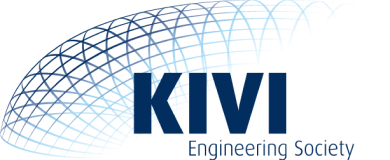Public Summary Pieter Zwerver
During my EngD in Qualified Medical Engineering, I addressed one of healthcare’s pressing challenges: how to transform the vast streams of clinical monitoring data into actionable insights that improve patient care. At Catharina Hospital, I developed and demonstrated a proof-of-concept dashboard that integrates high-resolution monitoring data from the ICU and operating rooms with electronic patient records. This work represents a step forward from fragmented, ad hoc monitoring toward a holistic, data-driven view of the patient.
Innovation
My project pioneered the integration of high-frequency physiological signals with EHR data in a single interface, maintaining full data resolution and enabling algorithmic detection of abnormalities such as arrhythmias. By comparing two approaches—PowerBI for accessible retrospective analysis and DeepBreath for scalable, real-time decision support—I demonstrated the feasibility of solutions ranging from research applications to bedside clinical practice. This creative combination of engineering methods and clinical requirements pushes the boundaries of current healthcare IT.
Impact
The proof of concept shows how data that is already being collected, but rarely utilized to its full potential, can be leveraged to enhance clinical decision-making. The ability to visualize long-term trends, detect subtle physiological changes, and provide algorithmic support has the potential to improve care quality, reduce workload, and generate new research insights. By unlocking value from existing hospital data infrastructures, the project provides tangible societal benefit without requiring costly new equipment.
Leadership and collaboration
This project was realized in close cooperation with clinicians, hospital IT staff, and academic supervisors, balancing the diverse perspectives of healthcare professionals and engineers. I translated complex technical possibilities into tools that clinicians could directly evaluate, creating shared ownership of the innovation process. Within the e/MTIC ecosystem and the MEDEIA project, I collaborated across disciplines and institutions, fostering knowledge transfer that will accelerate future clinical adoption.
With this work, I believe I exemplify the spirit of the EngD: bridging scientific rigor and practical implementation, showing how engineering can make a measurable difference in society. The project lays the foundation for clinical applications that support doctors at the bedside, contribute to research, and ultimately improve patient outcomes. This combination of innovation, impact, and collaboration is why I am motivated to apply for the KIVI EngD Award.
As Catharina Ziekenhuis requires theses to be written in Dutch, the main report is in Dutch; however, the summary and this motivation have been translated into English for this submission. If strictly necessary, I am prepared to provide a full translation
Vote for Pieter